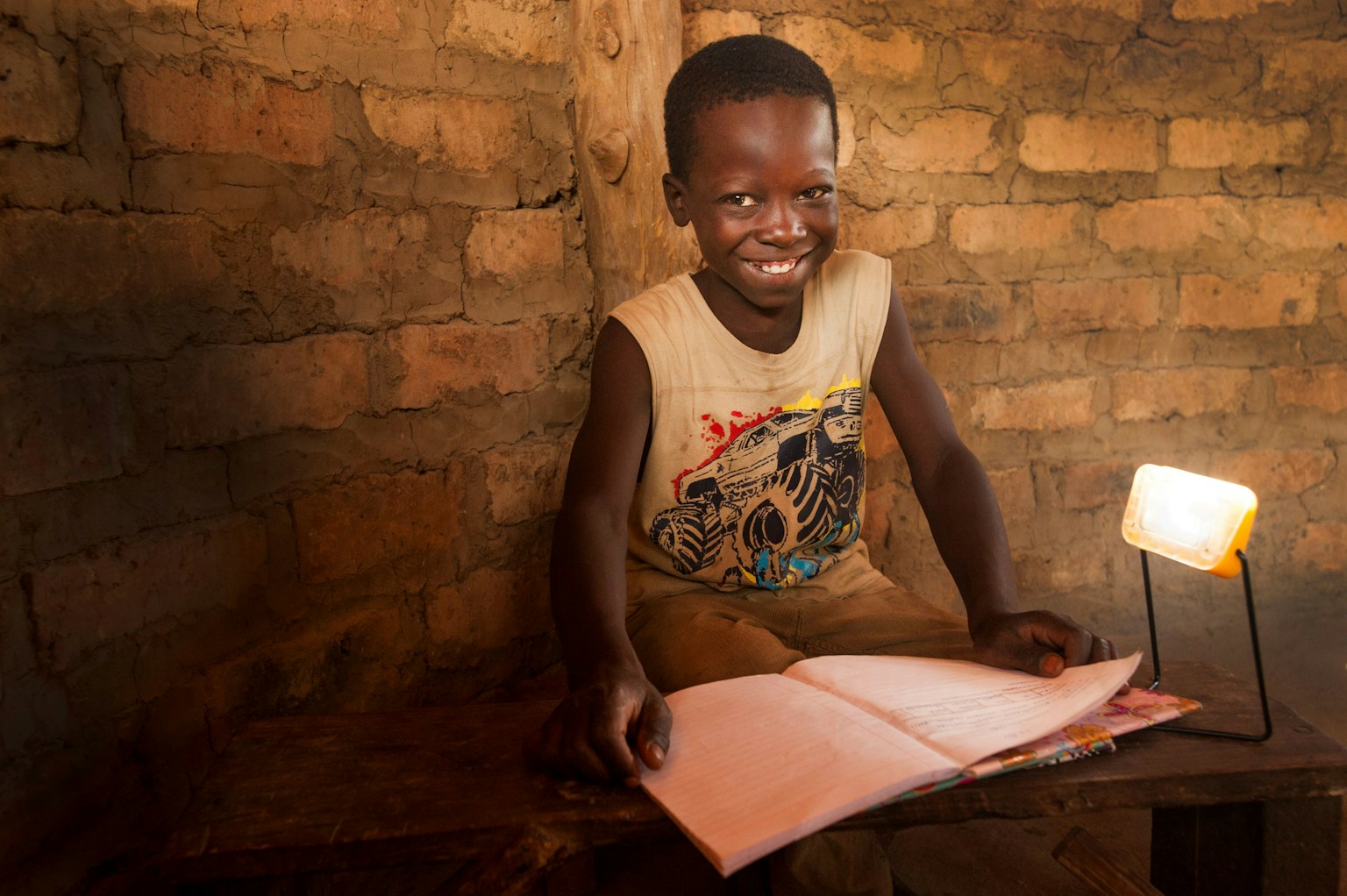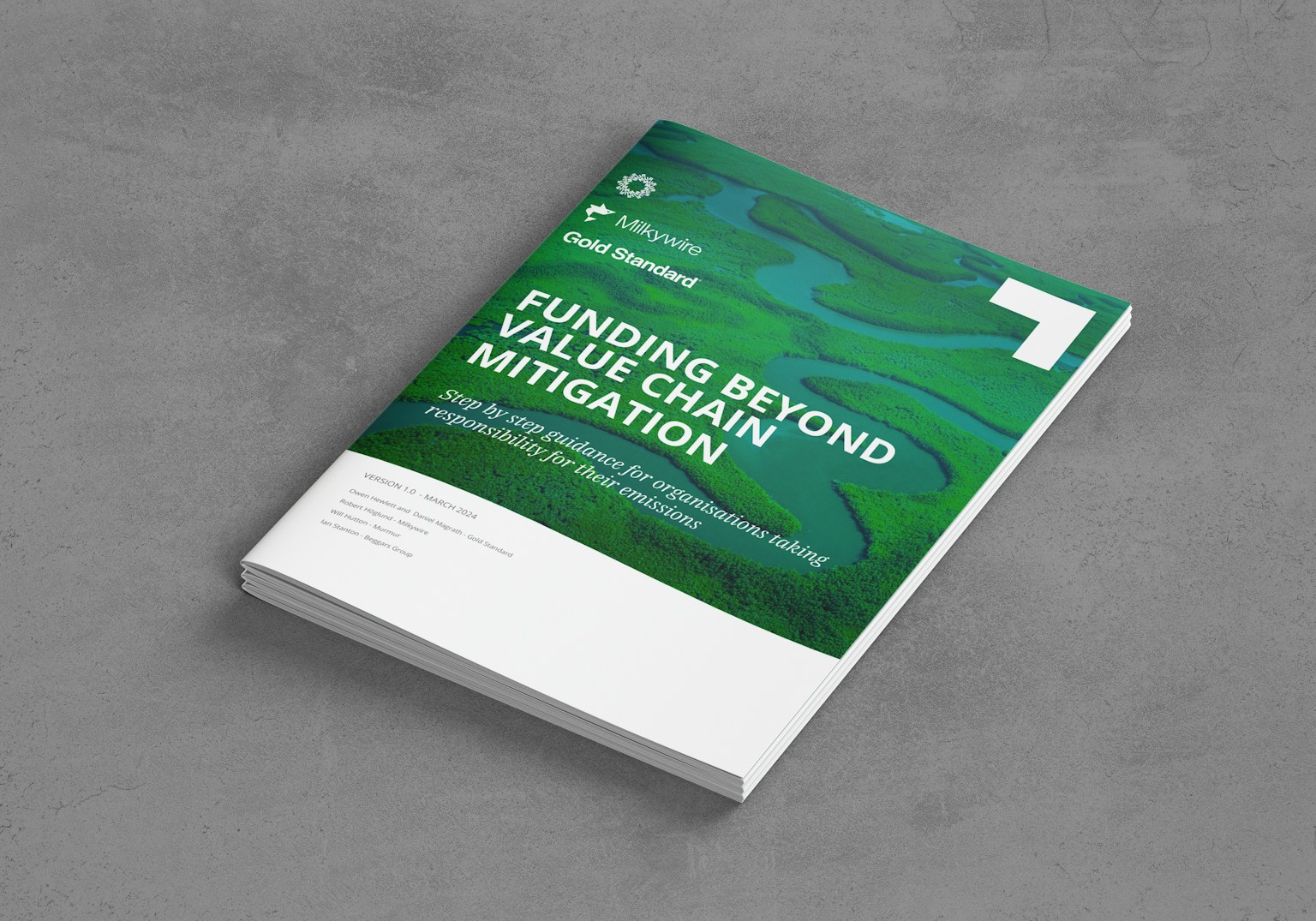Our Impact
46B
Shared value created (USD)
+3400
Projects
+100
Countries
304M
Tonnes CO2eq reduced/removed
Highlights
Latest news
Read all news →



 announcementCatch the Wave of Global Water Decarbonisation
announcementCatch the Wave of Global Water Decarbonisation
Recent Publications
Our Impact
46B
Shared value created (USD)
+3400
Projects
+100
Countries
304M
Tonnes CO2eq reduced/removed






Recent Publications
Gold Standard Newsletter Subscription
Stay updated on our latest news and more.